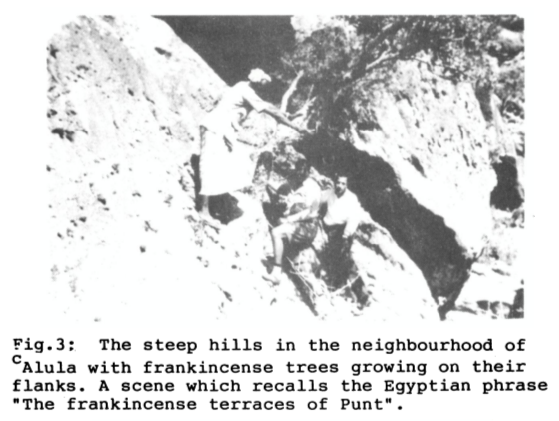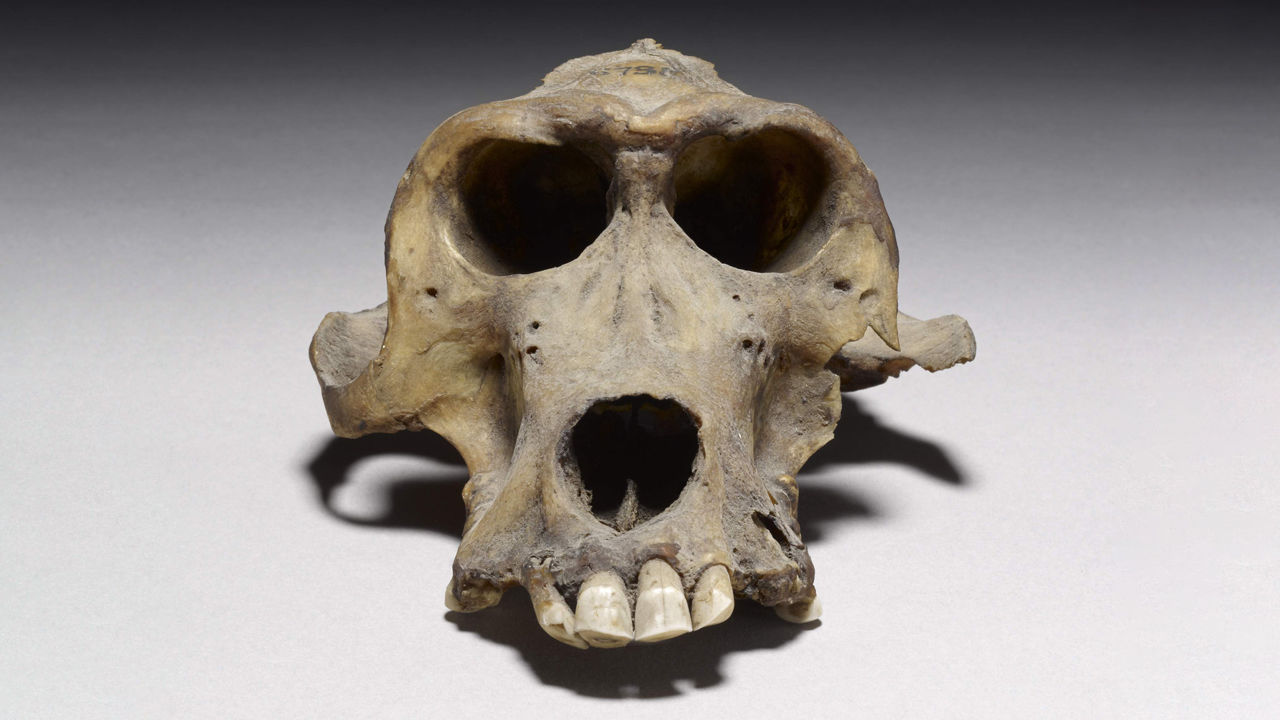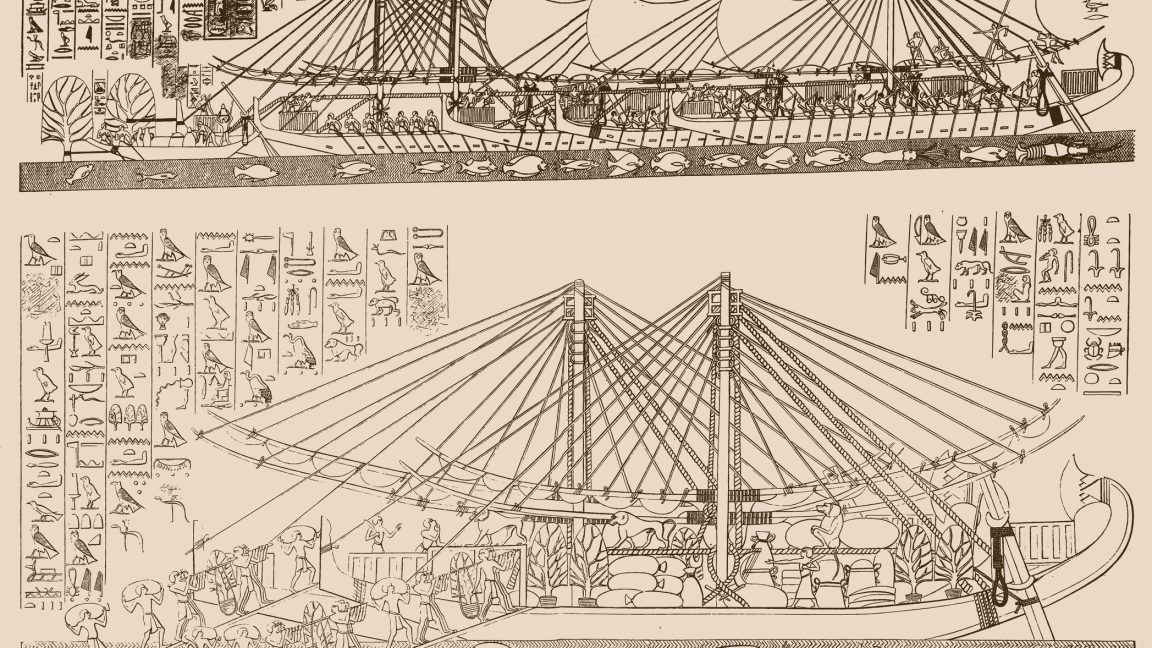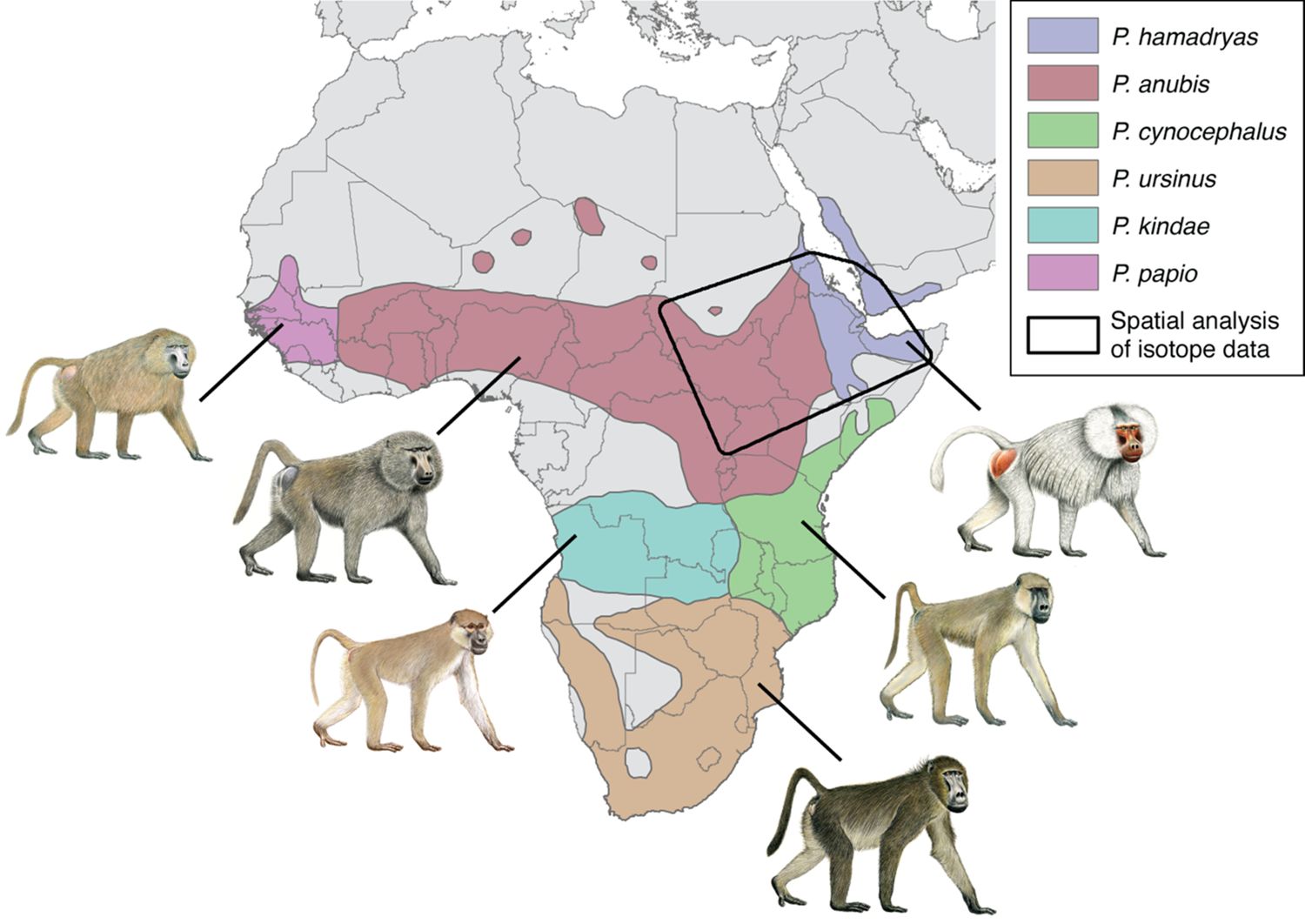Idilinaa
VIP
Thats nothing really new, that's been a theory. It don't really fit with other descriptions of Punt by the Egyptians, since how would Egyptians carry Frankinscense trees and unload them onto ships directly from an deep remote highland mountain area?@Idilinaa I think I found a direct textual from ancient Egyptian sources that mention Ethiopia being Punt.
View attachment 339628
''Her temple relief show that each of the 31 heave incense trees required 4-6 men to transport them to the carge ships, or 124 to 186 Egyptian and Puntite carriers in total. Since there were around 150 crewmen on the expedition five vessels (30 ship), this would mean that ''the frankincense terraces of punt'' had to have been situated near the seashore''

Because what they refrence punt in the temple relief is that of a coastal seashore next to a river with an adjacent Mountain where there is ''Terraces of frankincense'' grows which other say this is a description that corresponds with the Northern Somali literol. . In particular, the northeastern section extending from Bandar Qasim to Alula.



Last edited:






